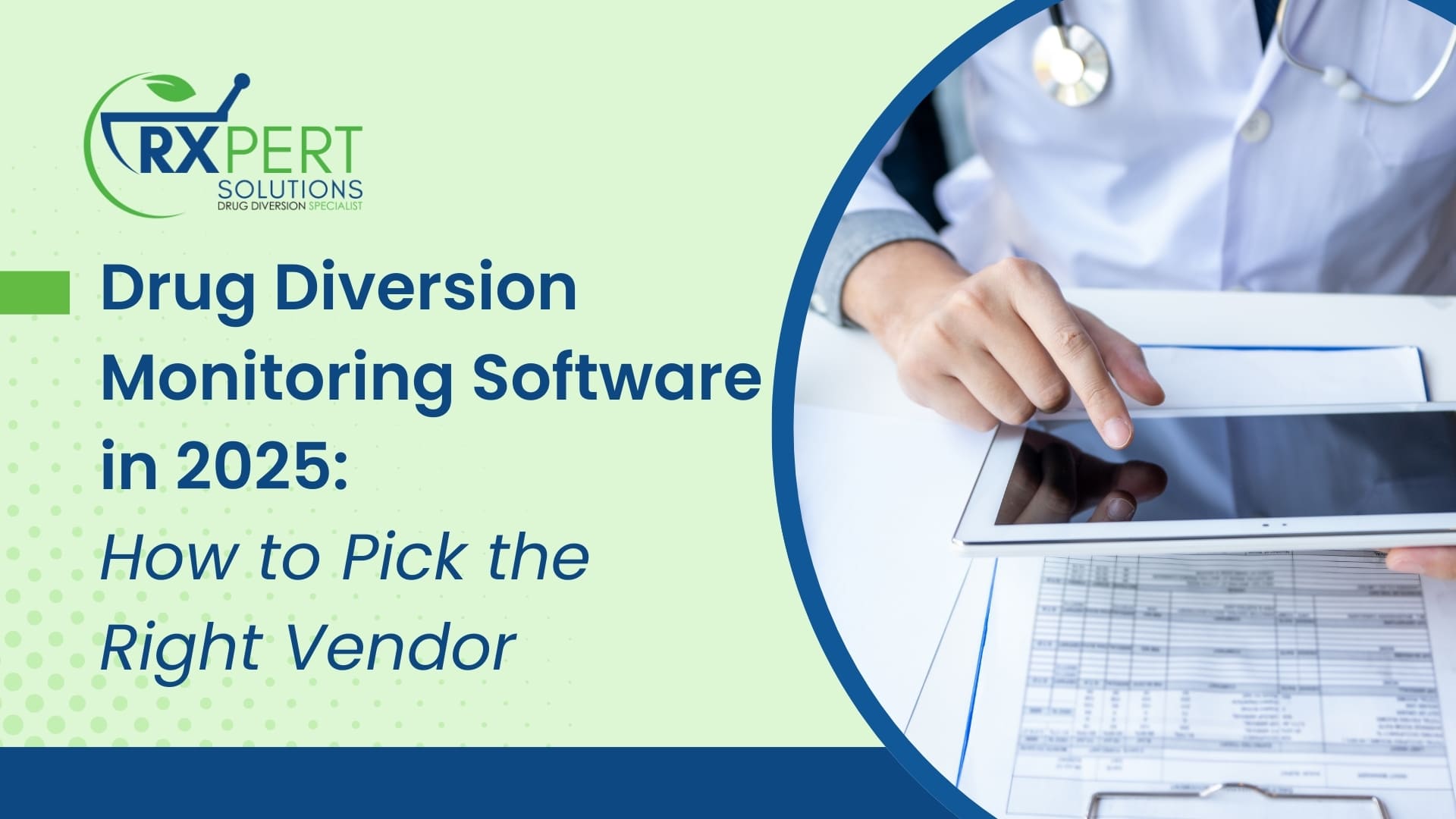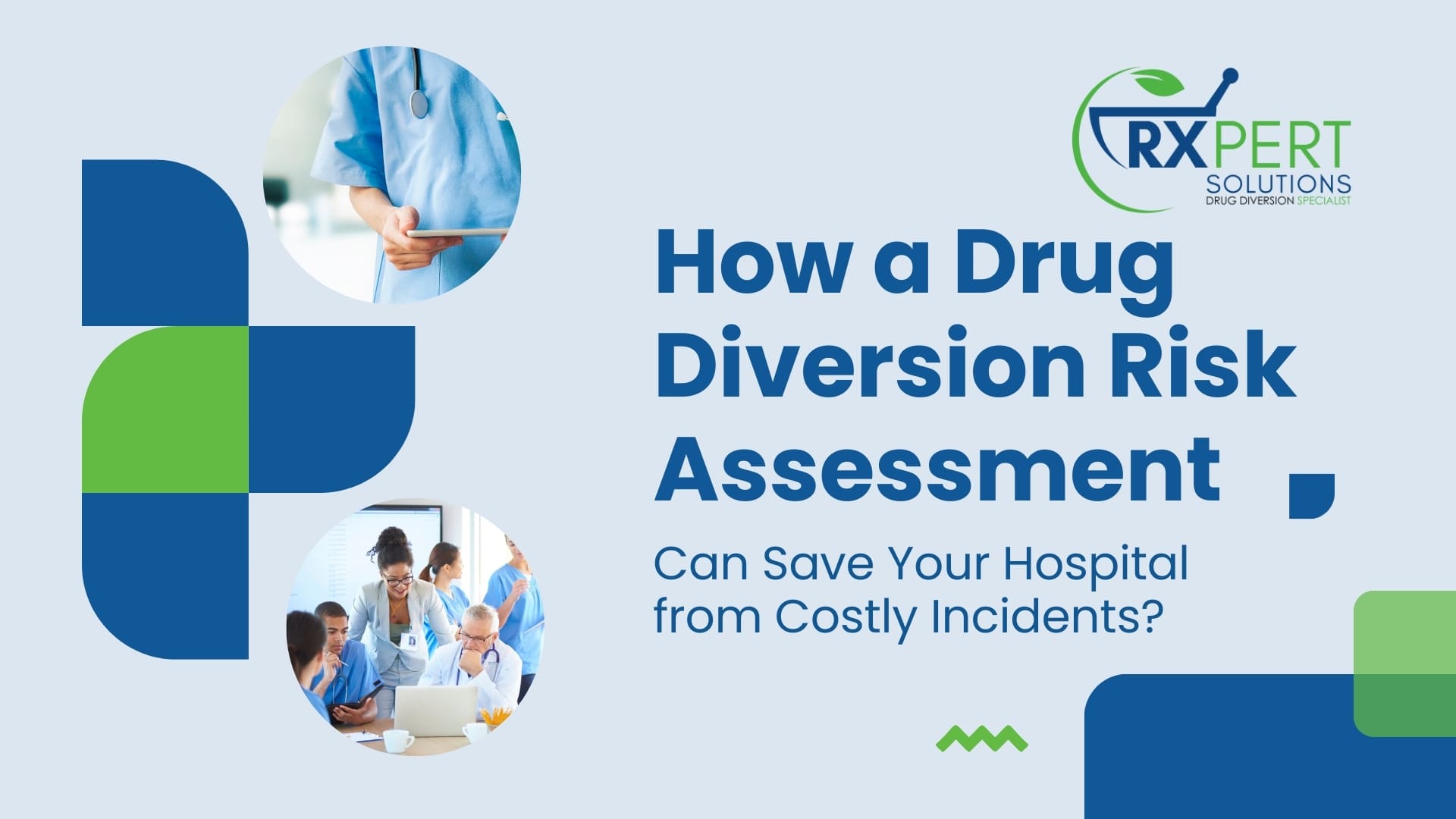In the healthcare sector, maintaining patient safety while respecting employee privacy is a delicate balance, especially when it comes to managing professionals with a history of substance use disorder (SUD). Healthcare institutions must have robust mechanisms in place to address the complex issues surrounding the hiring or return of nurses who are on probation or have work restrictions due to participation in recovery programs.
Notification Process
A well-structured notification process is crucial for ensuring patient safety and supporting recovering healthcare professionals. This process should involve:
- Clear communication channels between Human Resources, Occupational Health, and relevant department heads.
- A designated point person or team responsible for managing these cases.
- Confidential handling of sensitive information.
The process should not significantly vary based on whether the employee has access to controlled substances. While the level of monitoring may differ, the fundamental steps of notification and support should remain consistent.
Access to Automated Dispensing Machines
Policies regarding access to automated dispensing machines (ADMs) can vary between institutions. However, best practices suggest:
- Granting access only to those who require it for their current role.
- Regularly reviewing and updating access permissions.
- Implementing a system of checks and balances to monitor ADM usage.
It is not advisable to grant ADM access solely based on licensure or previous access. Access should be role-specific and necessary for current job functions.
Legal Considerations and ADA Compliance
Notifying the diversion team about an employee’s hire or rehire does not inherently violate the Americans with Disabilities Act (ADA). The ADA protects individuals with disabilities, including those in recovery from SUD, from discrimination. However, it also allows for necessary safety measures in the workplace.
To ensure ADA compliance:
- Maintain strict confidentiality of health information.
- Base all decisions on current ability to perform job functions safely.
- Provide reasonable accommodations when possible.
- Apply policies consistently across all employees.
Balancing Safety and Privacy
To address the risk of diversion during a potential relapse without compromising ADA compliance, consider:
- Implementing universal drug testing policies for all employees with access to controlled substances.
- Establishing a robust medication reconciliation process.
- Utilizing advanced analytics to detect unusual patterns in medication administration.
- Providing ongoing education and support for all staff about SUD and diversion prevention.
Conclusion
Healthcare institutions must navigate the complex intersection of patient safety, employee privacy, and legal compliance when managing professionals in recovery from SUD. By implementing comprehensive, consistent, and compassionate policies, institutions can support their employees while maintaining the highest standards of patient care and safety.






